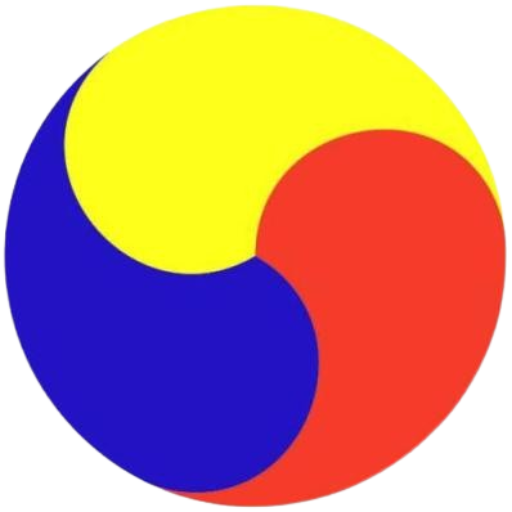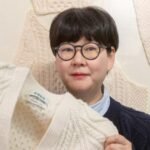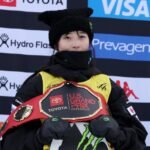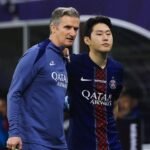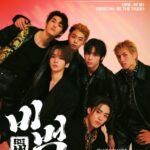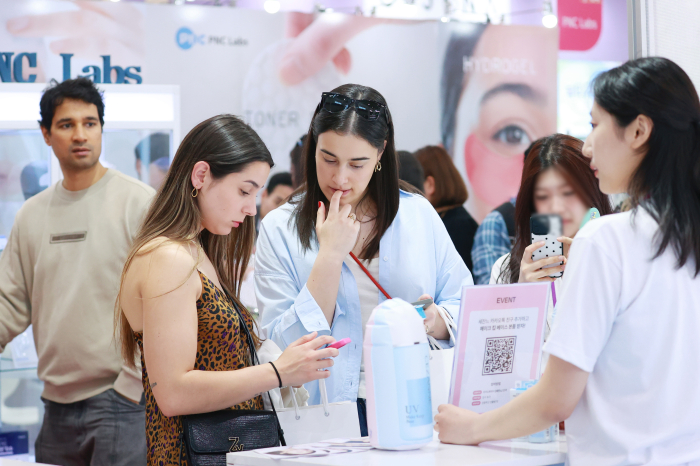
K-beauty and K-food have long been defining pillars of the Korean Wave. But their fortunes have sharply diverged in the mergers and acquisition market.
M&A transactions involving South Korean beauty companies have reached $2.3 billion between January and September this year, according to McKinsey & Co.
The figure is more than double the $966 million for all of last year and over ten times higher than in 2022.
By contrast, deals for Korean food-related companies have more than halved to $977 million from $373 million over the same period. That is less than half their 2022 level.
PREMIUM VALUATIONS
Global private equity firms are paying up for Korean skincare brands and their suppliers.
Transaction multiples for Korean beauty firms now range between 10 and 20 times earnings before interest, tax, depreciation and amortization (EBITDA).
In September, KKR & Co. acquired 100% of Samhwa Co., a cosmetics packaging specialist, for 733 billion won ($510 million), or 10 times its 2024 EBITDA.

Other deals in the Korean beauty sector this year include VIG Parnter’s $500-million-purchase of aesthetic-device maker Viol Co.; Goodai Global Inc.’s $420-million-acquisition of cosmetics brand Seorin Co.; and Blackstone’s $280-million-purchase of hair salon chain Juno Hair.
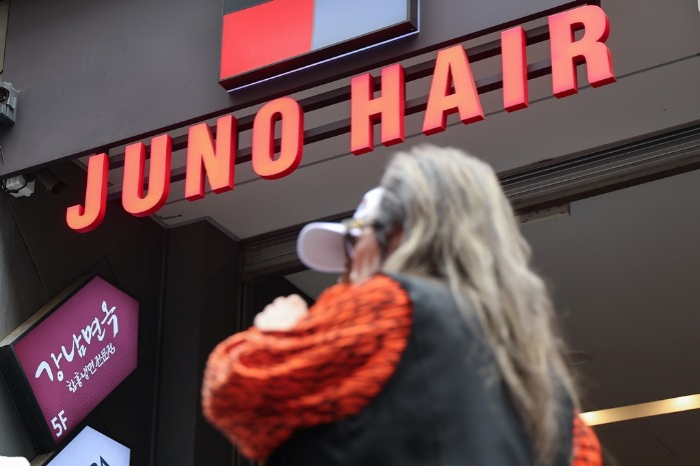
STRONG VALUA CHAIN, SCALABILITY OVERSEAS
The buying spree shows no signs of slowing.
In October, a consortium led by Taekwang Industrial Co. closed the 470-billion-won acquisition of Aekyung Industrial Co., a cosmetics and detergent maker.
The same month, private equity firm Oceanfront Partners acquired indie cosmetics label Tocobo Co.
K-beauty, backed by a robust value chain, boasts a wealth of domestic companies with world-class competitiveness across various sectors, including raw materials, packaging, branding, distribution and original design manufacturing (ODM).
“One medical-device firm first sought 20 billion won, but raised its asking price to 100 billion won as global funds showed interet in the company,” said an industry executive. “Every visiting global private equity investor now wants at least one meeting with a beauty brand.”
FROM HOUSEHOLDNAMES TO INDIE BRANDS
The K-beauty boom, which was originally started by Korea’s household names like AmorePacific Corp., is now driven by small Korean cosmetics companies such as Skin 1004 and Beauty of Joseon.
“Quality control is everything in manufacturing,” said Seo Jae-il, CEO of PE firm The Turning Point, which acquired the Skin1004 brand. “ODM partners handle that reliably, so investors only need to focus on branding and marketing to drive growth.”
South Korea is home to global cosmetics ODMs: Cosmax Inc. and Kolmar Korea Co.

MOREA FAST FOOD CHAINS UP FOR GRABS
The food sector tells a different story. Food assets are struggling to sell even at less than 10 times EBITDA.
Aside from Hanwha Hotels & Resorts Co.’ 869.5-billion-won purchase of catering company Ourhome Ltd., no food-related deal above $200 million has closed this year.
Hanwha is also among the companies looking to unload a food business. It has put the Korean operations of US premium burger chain Five Guys on the market, two years after the brand’s local debut.
Restaurant chains that were once cash cows are now squeezed by sluggish domestic consumption and tighter franchise regulations.
Burger King Korea has failed to find a buyer for three years, while franchises such as KFC, Pizza Nara and Norang Tongdak remain on the block.
A deal to sell Norang Tongdak, a fried chicken brand, to Philippines-based Jollibee Foods Corp., fell through in the final stages of negotiations.
Bangoong, a Korean restaurant chain operated by Eland Eats Co., is up for grabs.

Major companies such as Samyang Foods Inc. and CJ CheilJedang Corp., touted as potential buyers of Korean food assets on the market have already verticalized supply chains from manufacturing to packaging and global distribution.
Some food companies are pivoting to beauty. This year, Shinsegae Food sold its catering division to Hanwha Galleria and invested 50 billion won in cosmetics ODM producer C&C International Co.
HiteJinro, a beer and Korean whisky brand, has also ventured into the cosmetics ODM market through a recent M&A deal.

BUBBLE IN MAKING?
Still, controversy over the valuations of Korean beauty companies is intensifying.
“There’s no doubt that K-beauty is on an upward trajectory. But concerns are growing that their valuations may be inflated compared to their technological capability,” said an investment company official.
“Now competition among K-beauty (companies) is heating up, we’ll see growing efforts to separate the wheat from chaff.”
By Sun A Lee and Solee Lee
sunny@hankyung.com
Yeonhee Kim edited this article.
